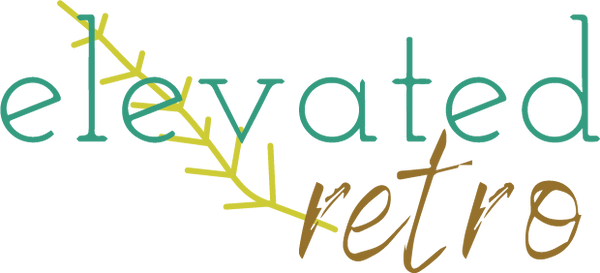
Easter Baskets
Share
Why do we have baskets at Easter?
Fertility, right? It seems like most Easter decorations have something to do with older beliefs about spring, and/or rituals to bring a good growing season, or lambing season, etc.
Right. Sort of.
First things first. We get the word "Easter" evolved from the Old English term "Ēostre" or "Ēosturmonath" (meaning "Eostre's month").
Well… there was this late 7th/early 8th century monk named Bede. He was the most read author of the time, in Europe. Bede's best-known work is the “Historia ecclesiastica gentis Anglorum, or An Ecclesiastical History of the English People”completed in about 731, as everyone knows.
In the 5th volume, “The Reckoning of Time”, Bede wrote that the month corresponding to April, during which Christians had begun to celebrate the resurrection of Jesus, was once called "Eosturmonath" after a goddess named "Ēostre".
Bede suggests that the month of Eostre, or Eosturmonath, marked the spring equinox, a time when the Anglo-Saxons celebrated the goddess Eostre. She is usually depicted carrying a basket.
While Christians began celebrating the resurrection of Jesus in this month, they continued to use the name "Eosturmonath" to designate the season, and the name "Easter" stuck. To celebrate the end of Lent, and the beginning of Easter they would bring baskets of food, and other goods to church in order to be blessed by a priest.
All of these symbols of fertility were passed down through the ages—the bunny, the eggs, and the basket itself—to be transformed into the Easter traditions many celebrate today. With an Easter Basket.
